
March 28, 2023
What is Born Through “Viewing” – The Mitsui Memorial Museum’s Approach to Deepening the Viewing Experience
Ai Kamei
Mitsui Memorial Museum
Mitsui Memorial Museum of Art
The Mitsui Memorial Museum of Art opened in 2005 on the seventh floor of the Mitsui Main Building (Important Cultural Property) in Nihonbashi, Tokyo, an area closely associated with the Mitsui family and the Mitsui Group.
The museum’s vast collection includes tea ceremony utensils, paintings, calligraphy, swords, Noh masks, Noh costumes, and furnishings, all of which have been collected over the 350-year history of the Mitsui family since the Edo period. The collection includes approximately 4,000 Oriental and Japanese arts and crafts items and 130,000 postage stamps, including six national treasures such as Shino ware Tea Bowl, known as Unohana-gaki and Maruyama Ôkyo’s Pine Trees in Snow, as well as 75 Important Cultural Properties and four Important Art Objects.
The museum does not have a permanent exhibition but holds five special exhibitions annually. Although the museum has been in operation for only 17 years, it also serves as the cultural history research arm of the Mitsui Archives, a nonprofit foundation with a 120-year history that dates back to 1903, when the Mitsui Family Compilation Office was established in the former Mitsui Main Building in Nihonbashi Suruga-Cho.
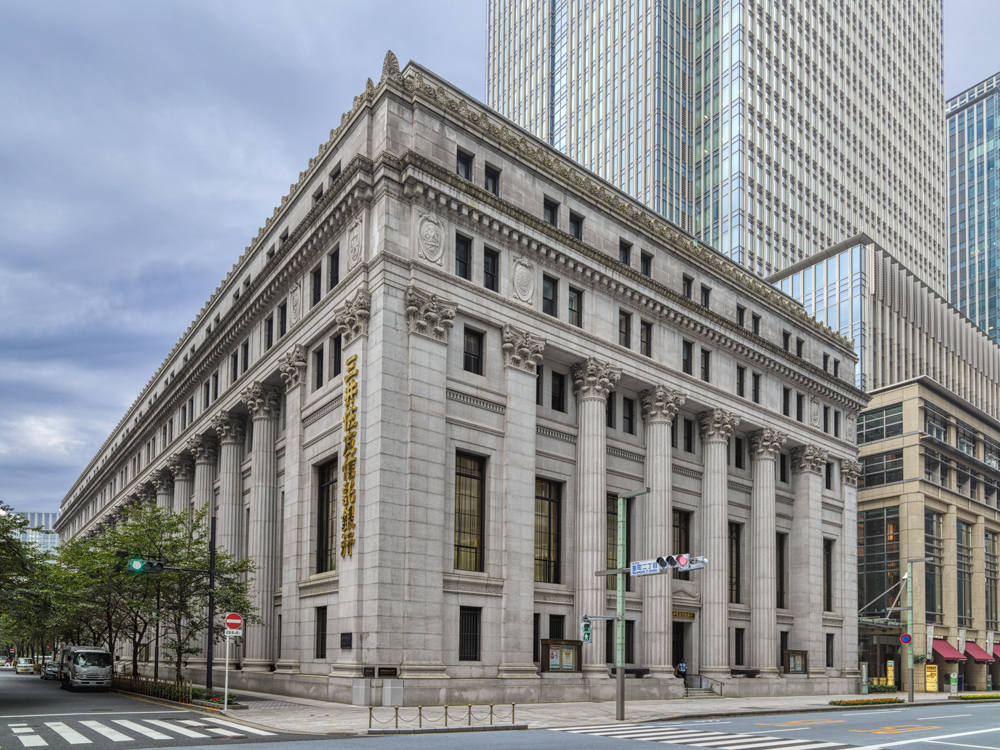
Education Programs
As of December 2022, the museum’s education programs are conducted by a team of two staff members and four curators. The programs can be broadly divided into those for educational institutions, families and children, and the general public. By these activities, Mitsui Memorial Museum is recognized as the organization as having met a certain standard of enhancing leaning opportunities for children and youth.1 Before the pandemic, approximately 2,000 elementary and junior high school students visited the museum annually, with more than a total of 3,000 children, including on-site classes and other projects (activities) conducted outside the museum.

Deepening the Viewing Experience
In education programs, there are two essential experiences to gain at the museum. The first is enjoying the atmosphere of the museum as a physical space. A Museum can serve as a place to escape from ordinary daily lives and refresh one’s mind. Although sometimes deemed “intimidating,” the extraordinary nature of the space can enrich our time, thus making it imperative for us to convey this appeal in a friendly and accessible manner.
The other is the experience of encountering the artworks. However, a high evaluation of the work does not guarantee a meaningful experience for the viewer. In museums’ education programs, it is essential to consider how to lead each viewer to a more profound viewing experience by considering each viewpoint and emotional reaction. In light of this, every program at the museum is conducted based on the following principles:
– To generate interest and curiosity about museums and works of art and to promote visiting museums.
– To provide various ways of viewing and perceiving through works of art and support the development of sensitivity and the ability to think to live an enriched life.
– To support the voluntary learning of people with diverse knowledge, experiences, and interests, especially children and youth.
Temporary Closure Due to the Pandemic and Renovation
Based on this philosophy, since its opening in 2005, youth program has been one of the crucial pillars for the museum. However, the spread of the coronavirus immensely impacted the museum. In response to the declaration of a state of emergency and the Tokyo Metropolitan Government’s request for temporary closure, the museum closed its doors from February 29 to June 30, 2020, and from May 1 to May 31, 2021. Even after the reopening, education programs proved challenging to implement due to the measures needed to prevent the spread of the infection. From August 2021 to April 2022, the museum was closed again for renovation work, and most of the programs were postponed.
Activities During the Pandemic: Worksheets and Online Classes
While most of the education programs continued to halt, the publication of worksheets continued. There are various views on the definition of the term “worksheets,” and they are named differently according to each museum, such as “self-guide” or “viewing guide.” Our museum defines worksheets as “printed materials that involve activity and are intended to arouse visitors’ interest in exhibition themes and exhibits, and lead them to deeper and more creative understanding and discovery, through questioning and playful techniques in the exhibition rooms.” It is distributed free of charge to elementary and junior high school students and educational institutions that visit the museum.
The contents are prepared, designed, and printed by the education program staff in consultation with the curator in charge of the exhibition, referring to the chart shown in Figure 1. The museum considered publishing the worksheets on its website for elementary and junior high school students who cannot visit the museum due to the pandemic but decided not to publish the worksheets online this year since the worksheets are supplementary materials designed to deepen the viewing experience in the actual museum space and also due to restrictions on the public display of works featured in the worksheets. The museum created six variations of worksheets between July 2020 and August 2021 and distributed approximately 1,200 copies. We also offered online classes by request from educational institutions.
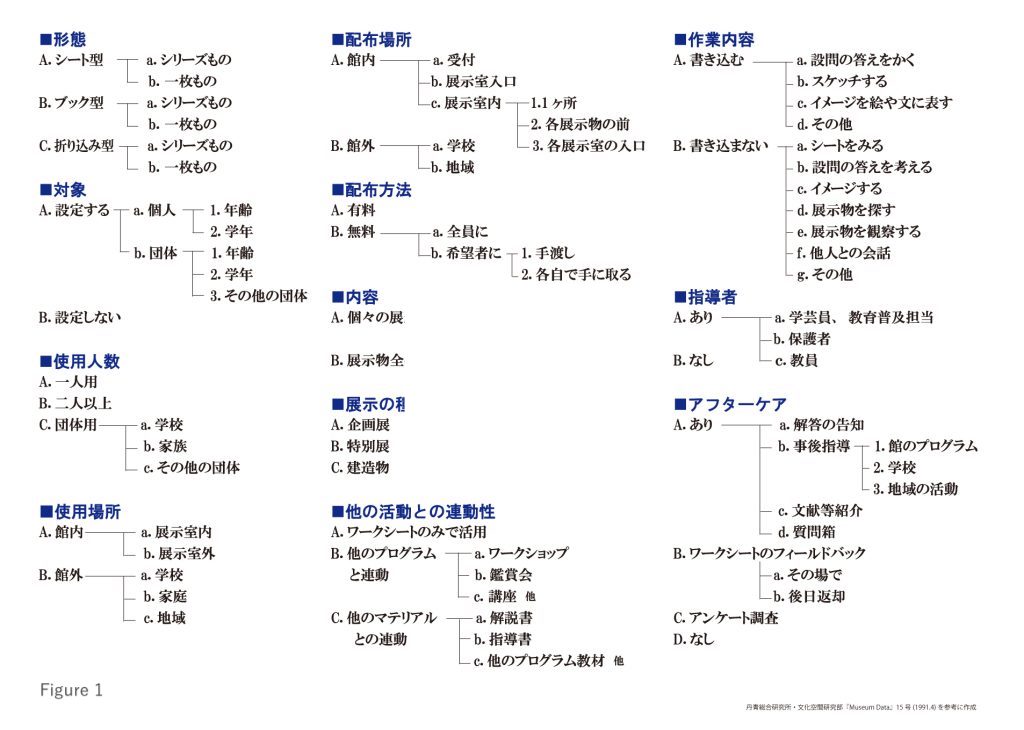
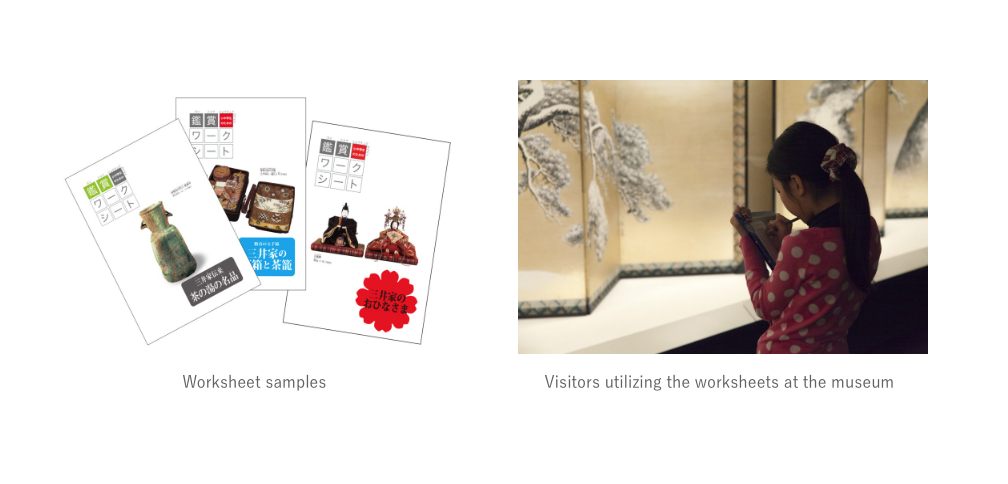

Education Programs Resume
After being closed for its renovation, the museum reopened in April 2022. In conjunction with the reopening, the museum resumed its education program based on the “Guidelines for Controlling the Spread of Novel Coronavirus (COVID-19) Infections in Museums.”2 Initially, there was one person in charge of programs at the museum, but in 2022, the staff in charge grew to two.
Families and Children Programs
The museum had designed its viewing sessions and workshops to allow children and adults to learn from each other through the appreciation of artworks while respecting the family dynamic in each home education environment. In reopening, we kept the content as unchanged as possible and reduced the capacity to 50%. Educators served as facilitators in the viewing sessions as participants toured the exhibition. The workshop aims for participants to grasp the intent of expression and find its meaning and value by capturing the formative characteristics of colors and shapes, and deepen their viewing experience by engaging in dialogue with other participants. The program was held before the museum’s opening hours to avoid crowds and was held four times in 2022.
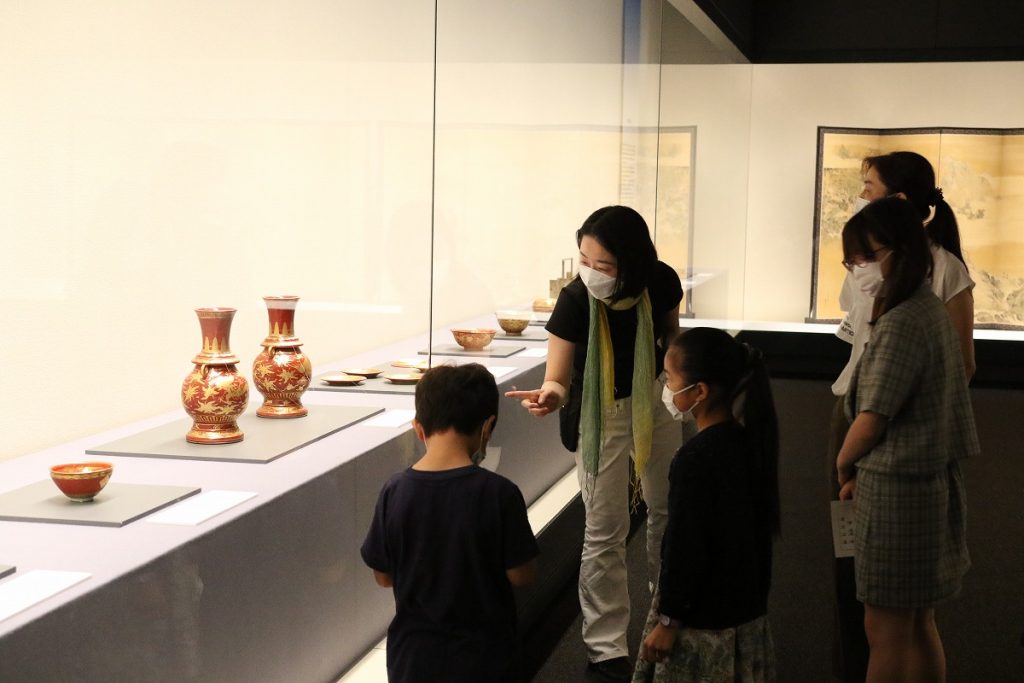
Lecturers and educators facilitate the workshops, aiming to foster a love of art and support internal growth through modeling activities and hands-on learning. They are a 2-hour program intended to complete one work of art. In October 2022, the workshop “Let’s look into the world of Urushi!” welcomed Tomoya Murose of the Mejiro Institute of Urushi Research and Restoration, who lectured about Urushi and Maki-e (Japanese lacquer decoration technique). This lecture was followed by a hands-on experience with Maki-e techniques for the participants to make Maki-e spoons.
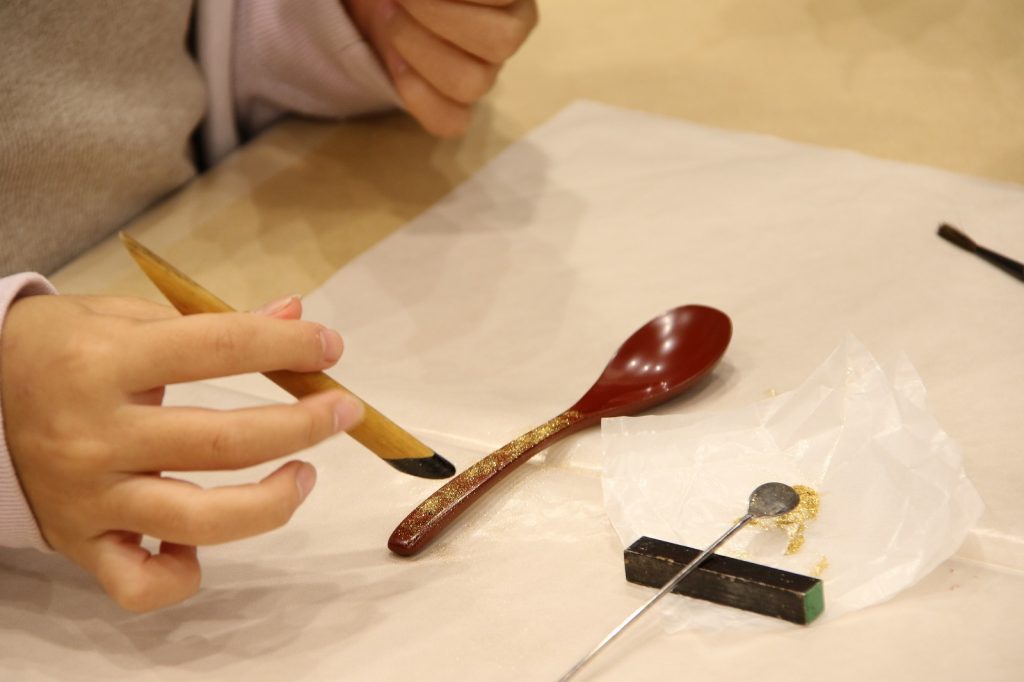
School Programs
The museum’s school programs include teacher training sessions, group viewings, on-site lectures, and collaborative courses with universities. The museum decided to relaunch these school programs by considering COVID-19 measures such as staggering visitors’ arrival, limiting the number of visitors, and providing online support. We intended that the re-designed programs offer a more in-depth viewing experience.
Teachers’ training sessions target schoolteachers and are held at the museum after hours during each exhibition. It is a forum for exchanging opinions on art appreciation education, regardless of their teaching subjects. The participants receive a lecture about the exhibition by the curator and have free time to view the artworks afterward. In 2022, we reduced the number of participants from 20 to 10 (50%) and held this session three times (scheduled to be held five times in the fiscal year of 2022). Some participants came from outside the Tokyo area, and this session created an opportunity for teachers to interact with one another.
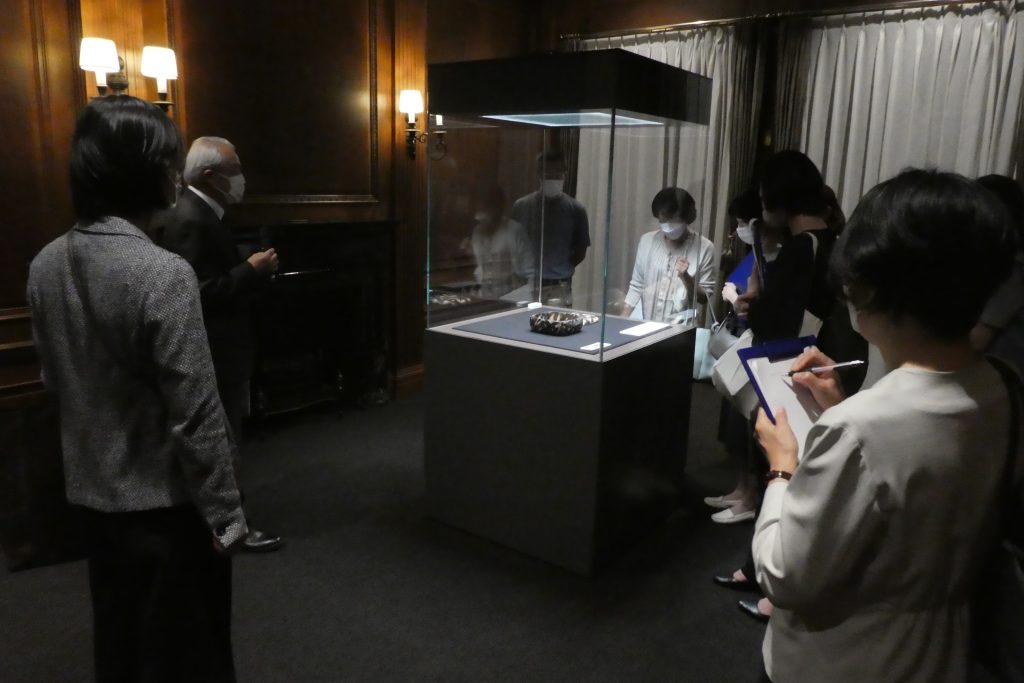
In group viewing, school groups view the exhibition after receiving a lecture. Since the museum does not have a fixed curriculum, the content is decided upon in advance according to the learning objectives. For this reason, the curriculum is not confined to the subject of arts and crafts but also various others, such as social studies, Japanese, English, and music. In August 2022, the museum hosted students from the Tea Ceremony Division of the 46th All Japan Senior High School Cultural Festival, and 120 high school students from tea ceremony clubs across the country visited the museum in different time slots where they viewed, “Tea Ceramics – Appreciating Scenic Kiln Effect” (July 9 – September 19, 2022). The education program helped deepen the understanding of Japanese culture on a national scale as part of high school education.
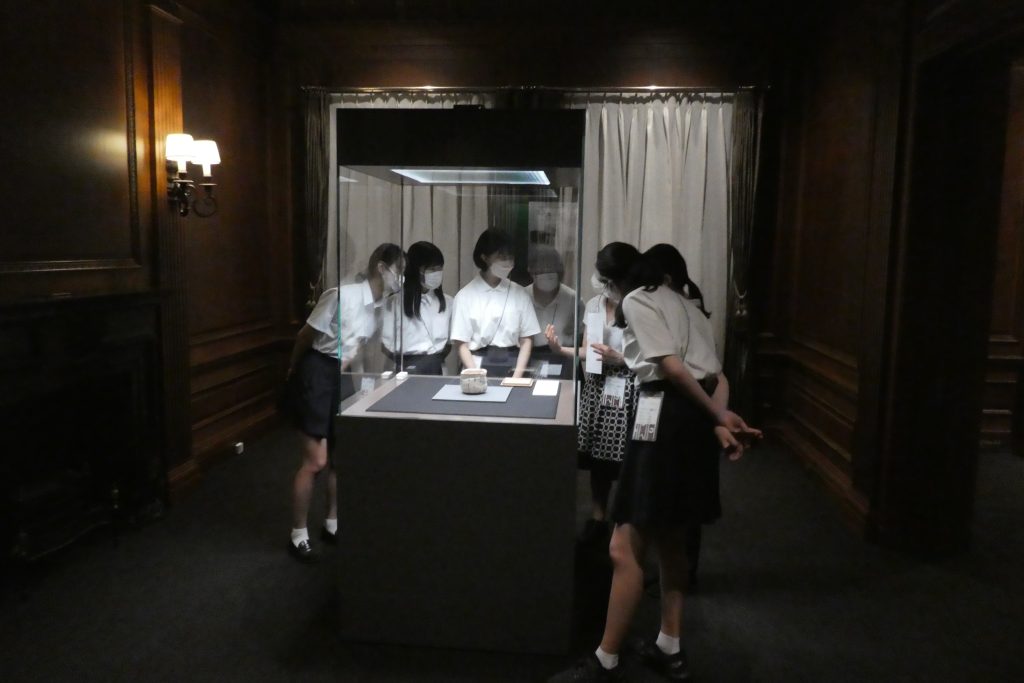
In on-site classes, the museum’s curators and educators visit educational institutions by request. In December 2022, classes were held for 60 sixth-grade elementary school students in Nerima Ward, Tokyo, mainly using the high-resolution facsimile of the Pine Trees in the Snow folding screen painting.3

Conclusion
I have described the museum’s situation from before the coronavirus outbreak, during the pandemic, up to the reopening. During the temporary closures and to avoid attracting crowds, museums across the country have begun to have an online presence, such as streaming videos and holding webinars. Society’s “digital transformation” has been the backdrop for the initiation of these activities, and the pandemic has also been a major driving force. As we advance, this is not just a temporary response to the pandemic but a crucial consideration for the future of art museums.
However, this does not mean that “taking time to appreciate works of art” and “deepening appreciation through dialogue between people” that have supported the museum’s educational and outreach activities are no longer necessary. Education programs must prioritize the museum experience above all else to connect visitors to the original works of art, which are the museum’s unique assets. Online is merely one possibility (that invokes curiosity). I have learned once again that we must continue to think about what is possible while avoiding the “real-fake” dualism.
From now on, it is inexorably imperative to have each visitor decide “if art (the museum) is necessary.” The Mitsui Memorial Museum of Art has been involved in various education programs since its opening in 2005. After the coronavirus pandemic, we will earnestly keep tackling them in the future.
(Ai Kamei)
Visit Mitsui Memorial Museum Website
- Authorized as having met Article 2 (desired criteria) of the Ministry of Education, Culture, Sports, Science and Technology Standards for Enhancing Learning Opportunities for Youth in Private Museums (Ministry of Education Announcement No. 54 of 1997).
- JAPANESE ASSOCIATION OF MUSEUMS “Guidelines for Controlling the Spread of Novel Coronavirus (COVID-19) Infections in Museums”
- “TSUZURI Project” is a social contribution initiative organized by Kyoto Culture Association and Canon to preserve cultural properties and to utilize high-resolution facsimiles. They are donated to museums and temples nationwide for use in various cultural activities. The “Pine Trees in the Snow” folding screen painting was donated to the museum in March 2011.